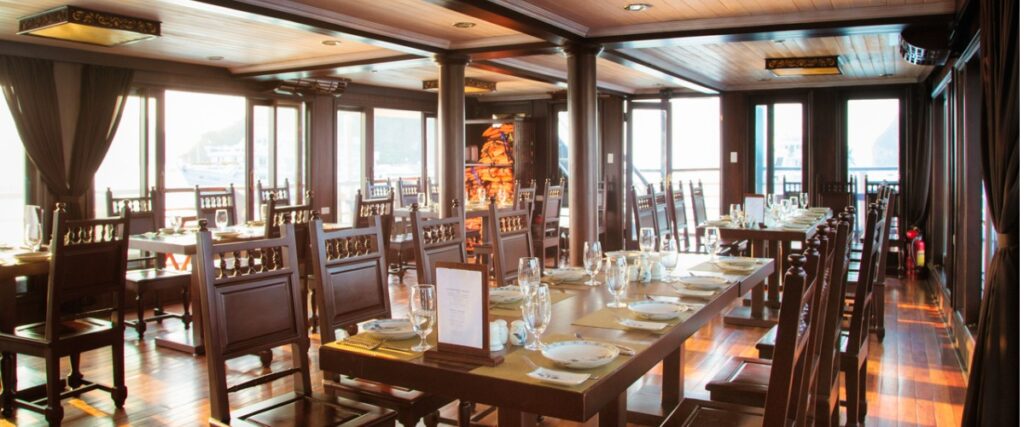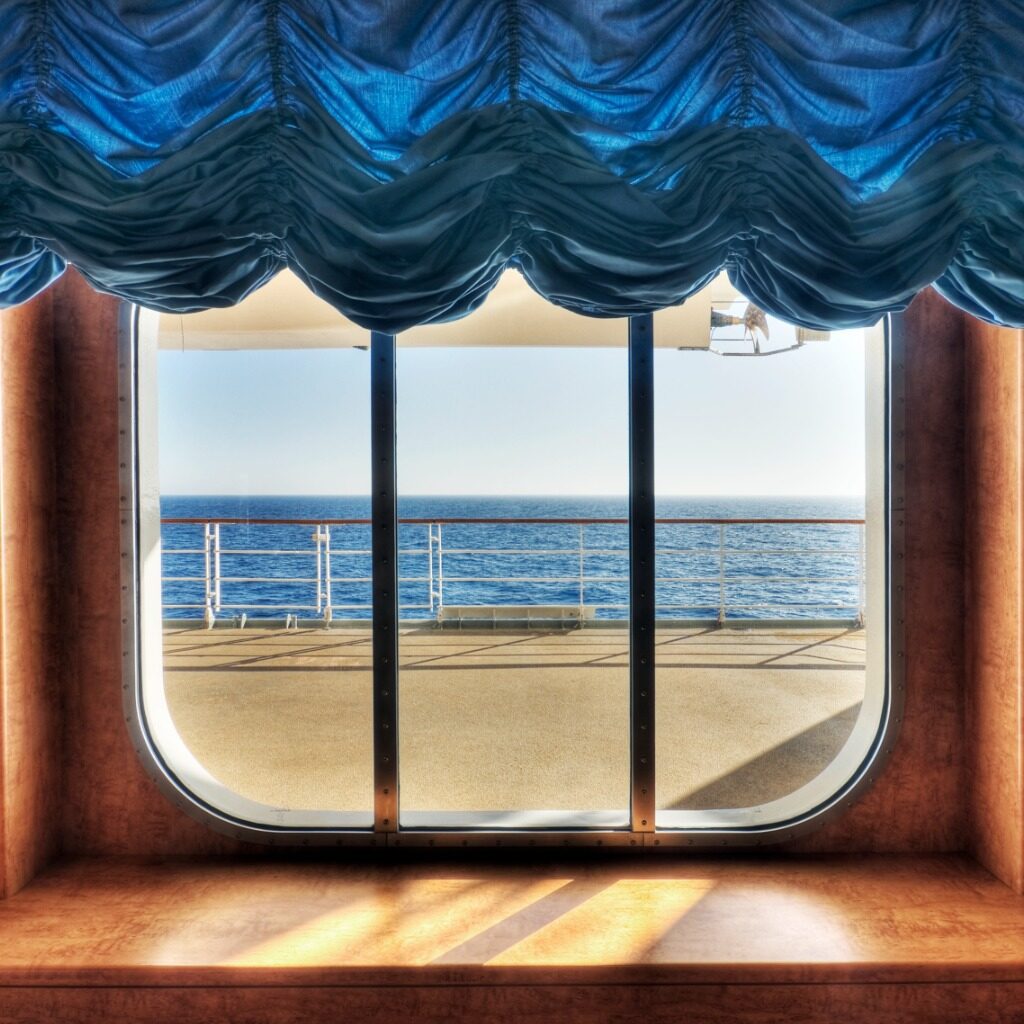
Though the entire globe has been affected by the COVID-19 pandemic, few industries have felt its impacts as intensely as the travel and tourism industry, and in particular the cruise line industry. To slow the spread of the virus, government-imposed travel restrictions and vacationers stayed home, leaving planes grounded, and ships docked. With the early rampant spread of the virus on many ships and the shutdown of operations, cruise lines have experienced the worst of what the pandemic has to offer.
Job Losses
Like many other industries, cruise lines experienced significant pandemic-related job losses, including employees that were let go due to lack of work and company financial difficulties, and those who chose to leave their jobs in pursuit of other opportunities.
Prior to the pandemic, employment in the cruise industry was growing, with more than 175,000 people employed by the cruise industry in the United States alone. In the early days of the pandemic, it is estimated that the global cruise industry lost as many as 2,500 jobs each day. In August 2020, the Cruise Lines International Association (CLIA) reported a cumulative 1.17 million jobs lost worldwide.
Decline in Cruisers
When the pandemic first broke out, many ships quickly became dangerous hotspots for COVID-19 outbreaks. Most major cruise lines — including Viking Cruises, Celestyal Cruises, and those affiliated with the CLIA — chose to suspend their operations entirely during the initial wave of the pandemic. National governments took additional steps, including issuing travel advisories and travel bans, to deter operations and discourage consumers from cruising. The number of people who went on a cruise dropped from almost 30 million people in 2019 to under 6 million passengers in 2020.
Ongoing Changes and Lingering Issues

Once some pandemic travel restrictions were lifted and cruises were once again back at sea, additional ramifications were affecting the industry. There were fewer ships, higher prices, staffing issues, and the lingering health threat of the virus.
Changes in government guidance and regulations, as well as variants of the virus, have required cruise lines to continually adapt to new developments. These swift changes made it difficult for cruise lines to schedule their journeys and for customers to confidently make plans. Subsequently, the price of cruises has also risen, making them even more inaccessible to some travelers due to costs.
Revenue Losses
Loss of revenue within the travel, tourism, and cruise line industry has been one of the biggest consequences of the pandemic. According to the CLIA’s 2021 State of the Cruise Industry Outlook, $77 billion was lost due to the pandemic between March and September of 2020 alone. Some cruise lines have downsized, selling off ships, and other cruise lines have gone out of business altogether. Because cruising is closely tied to other industries in the travel and tourism sectors, these losses have a domino effect.
According to the World Tourism Organization, international tourist arrivals declined globally by 73 percent in 2020 due to the COVID-19 crisis, with 1 billion fewer travelers compared to 2019, affecting 100 million direct tourism jobs. Fewer cruises mean:
- Fewer people traveling on planes, trains, and cars to get to cruises
- Fewer tourists staying in hotels before, during, or after cruises
- Fewer people dining at restaurants
- Fewer tourists purchasing souvenirs or visiting attractions
Labor Shortages
Similar to other industries, such as restaurants and airlines, there are also significant labor shortages affecting the cruise industry as it tries to get back on its feet. Labor shortages prevent cruise lines from operating at full capacity or pre-pandemic levels, simply because they don’t have enough employees to do the work.
Some cruises may not be ready or financially able to hire back the employees they previously let go. Others are prepared to resume operations, such as MSC Cruises, but are unable to find employees to fill vacant positions. Laid-off employees may have found work for a competitor or chosen to leave the cruise industry altogether.
Labor shortages are inhibiting the recovery of the overall cruise industry, as consumer demand for cruises has started to rise again, even approaching pre-pandemic levels. If demand continues to outpace supply, this could continue to affect the price and availability of cruises in the years to come.

Outlook for Recovery
Despite these significant challenges, the cruise industry is already making an effort to recover from the pandemic. With a better understanding of COVID-19 and how to keep passengers safe, cruise lines are taking appropriate steps to protect both their passengers and their staff throughout the stages of the pandemic. Cruise lines are prioritizing health and safety to help make strides in their recovery, including:
- Screening Protocols: Many cruise lines are conducting thorough health screenings of all guests before boarding the ship. This includes completing health questionnaires and providing multiple negative COVID-19 tests. If anyone begins to display symptoms or tests positive for COVID-19 once on the ship, they may need to undergo additional testing or quarantine during the cruise.
- Hygiene and Cleaning Standards: Proper cleaning and hygiene are essential tools in the fight against COVID-19. Cruise lines are implementing more thorough cleaning standards, such as more frequent cleaning and reminding people to wash or disinfect their hands. This also includes staying fully stocked on products to clean surfaces — such as disinfecting wipes — for the duration of a cruise. It also means providing supplies to help people maintain personal hygiene — such as placing hand sanitizing wipes and handwashing stations conveniently throughout the ship.
- Vaccinated Cruises: Most cruise lines are offering cruises only to passengers who have been fully vaccinated against COVID-19. On these cruises, you must provide proof of full vaccination or proof of medical exemption before sailing.
- Masking and Social Distancing: Many cruise ships also encourage staff and passengers to wear masks and maintain distance in public spaces. These guidelines are very strongly recommended for any unvaccinated guests. During certain processes or in certain areas of the ship, all passengers may be required to wear a mask, regardless of their vaccination status.
- Communication and Signage: Many cruises are implementing consistent and clear communications to passengers and crew about the importance of following guidelines and practices to prevent the spread of COVID-19. These are seen in literature, emails, and other written and verbal communications with passengers as well as in signs and posters around the ship.
It’s hard to predict precisely what the future holds for the cruise industry. More and more ships are back in the water with passengers once again enjoying themselves safely and confidently. Each cruise line may continue to navigate some turbulent waters as COVID-19 persists, but with health and safety steering the ship, they will likely enjoy smooth sailing again.

